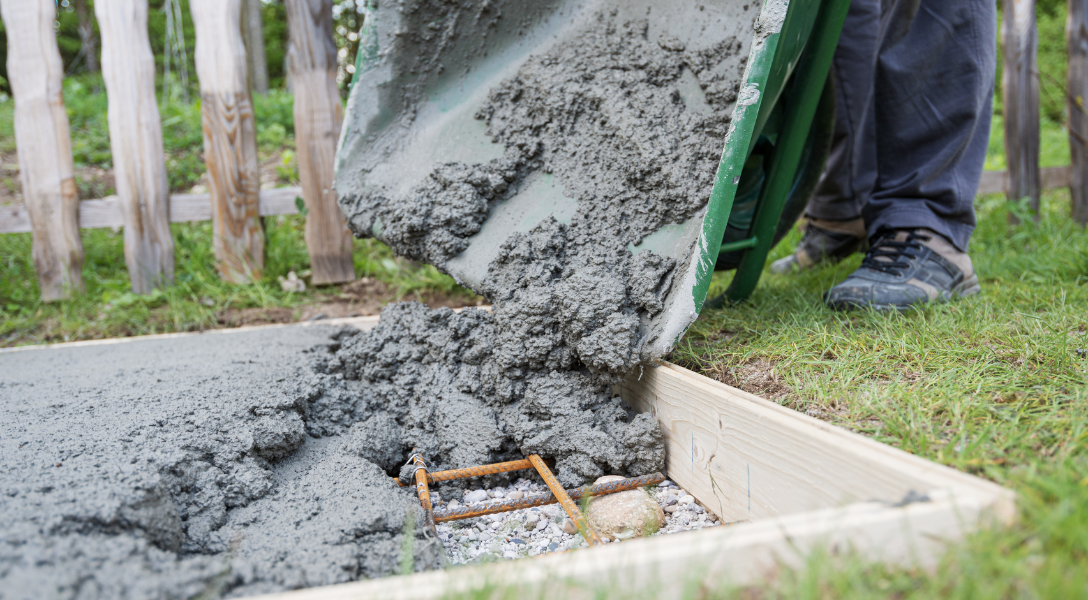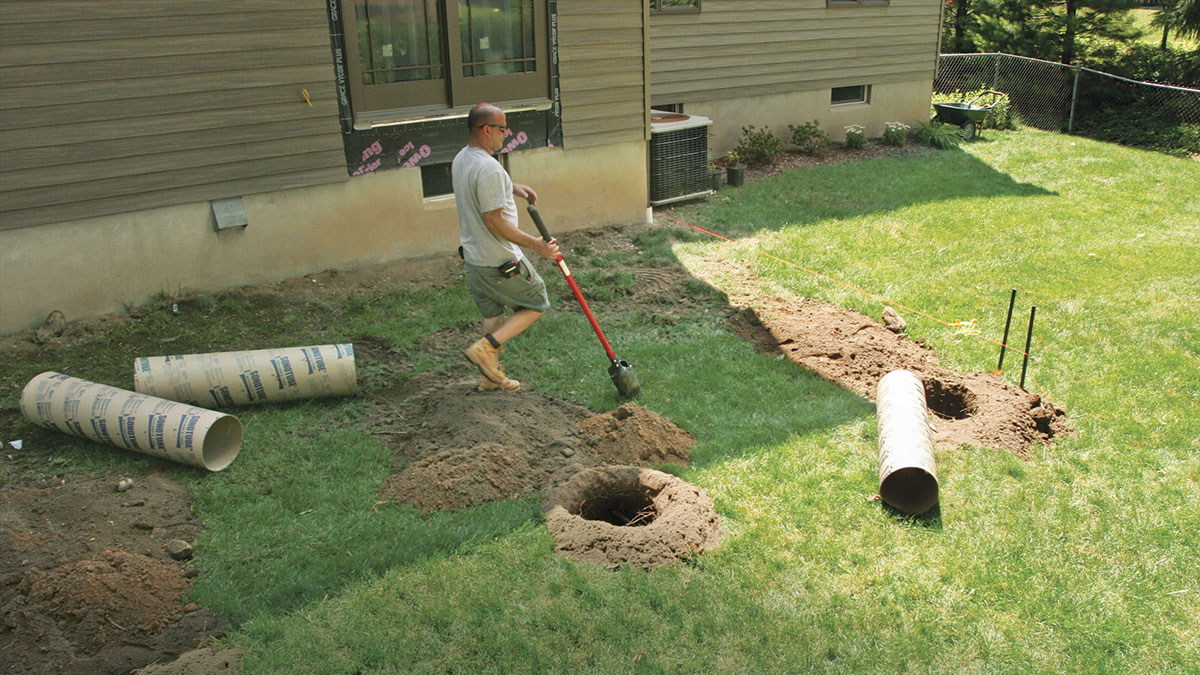Deck Footings Demystified: Your Plan for a Safe, Durable Outdoor Place
Deck Footings Demystified: Your Plan for a Safe, Durable Outdoor Place
Blog Article
Selecting the Right Deck Footings for Stability and Longevity
When it comes to constructing a deck, among the most critical choices you will make is choosing the appropriate footings for security and sturdiness. The durability and security of your deck depend heavily on the sort of footings you pick, as they supply the important assistance and stability to hold up against the test of time. With a myriad of alternatives offered, it can be frustrating to figure out which footings are best fit for your particular demands. In this discussion, we will explore the numerous kinds of deck grounds, consider the vital variables to evaluate when choosing, and explore the pros and cons of various alternatives. By the end, you will have a more clear understanding of the selections available and be far better equipped to make an informed choice for your deck project.
Kinds of Deck Footings
There are several kinds of deck grounds that can be made use of, each offering unique benefits and factors to consider. One common type of ground is the concrete pier footing. These grounds contain a round opening filled with concrete, which supplies a strong foundation for the deck posts. Concrete pier footings are fairly easy to install and provide exceptional security, making them a preferred selection for many deck projects.
An additional sort of ground is the helical stack footing. Helical piles are steel shafts with helical plates affixed to them. These grounds are mounted by screwing them right into the ground, which produces a safe foundation for the deck. Helical heap grounds are excellent for locations with difficult soil conditions, as they can be set up in nearly any type of sort of dirt. If needed., they additionally enable for very easy change and progressing of the deck.
Additionally, some home builders go with precast concrete grounds. These grounds are made of sturdy concrete and can be found in various forms and sizes to suit various deck styles. Precast concrete footings are convenient to mount and supply a steady base for the deck framework.
Lastly, another alternative is the post-in-anchor footing system. This sort of footing entails driving a metal support into the ground and affixing it to the deck message. It supplies versatility in regards to positioning the deck articles and is ideal for decks with lightweight structures.
When picking the appropriate kind of deck ground, it is crucial to think about variables such as soil conditions, deck load, and neighborhood building regulations (Deck Footings). Consulting with a specialist contractor or architectural engineer can assist make certain the suitable ground is picked for a secure and safe deck
Elements to Take Into Consideration When Choosing Footings
When selecting the proper grounds for a deck, it is important to carefully think about different aspects such as soil conditions, deck load, and adherence to regional building regulations. These variables play a substantial role in making certain the stability and durability of the deck structure.
One of the primary factors to take into consideration is the dirt problems. The sort of soil on which the deck will be constructed determines the type of footings required. Decks constructed on sandy or loose dirts might call for much deeper footings to offer sufficient support and avoid settling. On the other hand, decks built on clay or expansive soils might call for grounds that can fit the soil's propensity to expand and agreement.
An additional crucial element is the deck load. The weight of the deck, consisting of the materials utilized and any possible online loads such as furnishings or events, need to be taken into account when selecting grounds. The footings must be created to bear the weight of the deck and distribute it equally to avoid any architectural problems or failures.
Last but not least, adherence to regional building regulations is extremely important. Building ordinance differ from region to area, and it is vital to conform with the specific demands set by the regional authorities. Deck Footings. These codes make sure that the deck is built securely and meets the needed standards for structural stability and load-bearing capacity
Concrete Footings: Disadvantages and pros

Concrete footings use several advantages and disadvantages when used as the foundation for a deck. On the favorable side, concrete grounds provide exceptional security and sturdiness. Concrete is a solid and inflexible material that can support hefty lots and endure numerous explanation weather. It also has a long lifespan, making it a trustworthy selection for lasting usage.
An additional benefit of concrete grounds is their versatility. They can be poured right into various forms and dimensions to fit different deck styles and setups. Concrete footings can be customized to fit the specific needs and demands of the additional hints deck framework.
Nevertheless, there are also some disadvantages to using concrete footings. This can increase the total cost of the deck task and may need expert aid.

Helical Piers Vs. Sonotubes: Which Is Much better?
In thinking about the foundation alternatives for a deck, the contrast in between helical piers and sonotubes is crucial in identifying the superior option. Helical piers, additionally called screw piles, are steel shafts with helical plates connected to them. They are twisted right into the ground making use of hydraulic machinery, giving a long lasting and steady foundation for the deck. On the other hand, sonotubes are round forms made of cardboard or fiber product that are full of concrete. They are placed in an opening dug right into the ground and give assistance for the deck.
The helical plates on the piers create a strong grasp with the soil, shifting or stopping any motion of the deck. Sonotubes, on the various other hand, rely only on the concrete filling up for security, which may not use the very her explanation same level of toughness and resistance.
In terms of installment, helical piers are relatively much easier and faster to install compared to sonotubes. The hydraulic machinery used to twist the piers right into the ground ensures a efficient and quick procedure. Sonotubes, on the other hand, need excavating openings and pouring concrete, which can be lengthy and labor-intensive.
Furthermore, helical piers are an even more versatile option. They can be made use of in numerous soil conditions and can be readjusted or reinforced if needed. Sonotubes, on the various other hand, may require extra assistance, such as rebar, in particular dirt problems or locations with high load requirements.
Choosing the Right Footings for Your Deck's Dimensions
For ideal structural honesty, it is vital to thoroughly choose the ideal grounds that align with the measurements of your deck. The dimensions of your deck, including its width, length, and height, play a substantial role in identifying the type and size of footings required.
When selecting footings for your deck, it is necessary to consider the load-bearing capacity of the dirt. The weight of the deck, integrated with the weight of any type of furnishings or people on it, puts in a considerable pressure on the grounds (Deck Footings). Therefore, it is essential to choose grounds that can adequately sustain this weight without changing or sinking gradually.
Larger decks with greater dimensions call for larger grounds to supply sufficient security and support. The form of the footings, whether they are rounded or square, depends on the style and format of the deck.
Final Thought
Finally, picking the best deck grounds is important for guaranteeing security and sturdiness. Factors such as the kind of footings, the deck's measurements, and the benefits and drawbacks of different alternatives should be thought about. Concrete grounds provide toughness and longevity, however might be much more pricey and time-consuming to install. Helical piers and sonotubes have their own benefits and disadvantages. Ultimately, selecting the proper grounds for your deck's details requirements is necessary for a lasting and effective framework.
These grounds are composed of a round opening filled with concrete, which offers a solid foundation for the deck blog posts. Concrete pier footings are fairly very easy to install and use excellent stability, making them a preferred choice for lots of deck tasks.
Precast concrete footings are hassle-free to install and provide a stable base for the deck structure.
It offers adaptability in terms of placing the deck articles and is ideal for decks with light-weight frameworks.
Concrete footings provide several advantages and disadvantages when made use of as the structure for a deck.
Report this page